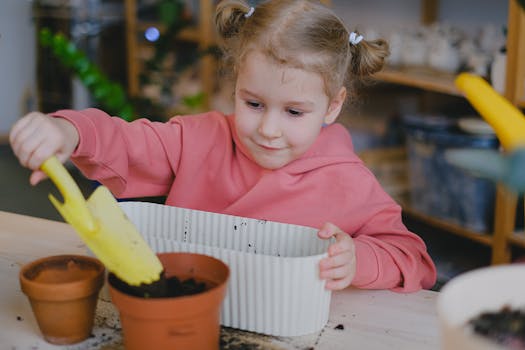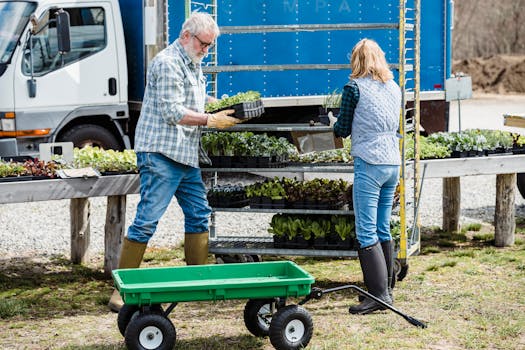
Sustainable Living: Emerging Trends for 2025
Sustainable living is becoming increasingly important as the world grapples with the challenges of climate change, environmental degradation, and social inequality. As we move into 2025, several emerging trends are expected to shape the sustainable living landscape. Sustainable living is not just a lifestyle choice, but a necessary step towards creating a more equitable and environmentally conscious world.
Renewable Energy and Energy Efficiency

Renewable energy sources, such as solar and wind power, are expected to play a major role in reducing our reliance on fossil fuels and mitigating climate change. Energy efficiency measures, such as smart grids and green buildings, will also become more prevalent. For instance, the use of renewable energy sources can significantly reduce greenhouse gas emissions and help combat global warming.
Eco-Friendly Products and Sustainable Consumption

Eco-friendly products, such as reusable bags, refillable water bottles, and sustainable fashion, will continue to gain popularity. Consumers will become more mindful of their purchasing decisions, opting for products with minimal packaging, recyclable materials, and sustainable supply chains. Eco-friendly products not only reduce waste but also promote sustainable consumption patterns.
Sustainable Fashion and Textiles

Sustainable fashion will remain a key trend, with consumers seeking out clothing made from environmentally friendly materials, such as organic cotton, recycled polyester, and plant-based fabrics. The fashion industry will need to adapt to these changing consumer demands, incorporating sustainable practices throughout their supply chains. Sustainable fashion is not just a trend, but a necessary step towards reducing the environmental impact of the fashion industry.
Green Transportation and Infrastructure

Green transportation options, such as electric and hybrid vehicles, will become more mainstream. Cities will invest in sustainable infrastructure, including bike-friendly roads, public transportation systems, and green spaces. This will not only reduce carbon emissions but also improve air quality and public health. Green transportation is essential for creating sustainable and livable cities.
Food Systems and Sustainable Agriculture

Sustainable agriculture practices, such as permaculture, regenerative agriculture, and vertical farming, will gain traction. Consumers will demand more locally sourced, organic, and plant-based food options, driving the growth of sustainable food systems. Sustainable agriculture is critical for ensuring food security, reducing greenhouse gas emissions, and promoting biodiversity.
Waste Reduction and Management

Waste reduction and management will become a major focus, with governments and businesses implementing policies to minimize waste, increase recycling rates, and promote circular economies. Waste reduction is essential for conserving natural resources, reducing pollution, and mitigating the impacts of climate change.
Education and Community Engagement

Education and community engagement will play a vital role in promoting sustainable living practices. Governments, schools, and organizations will launch initiatives to raise awareness, provide training, and support community-led projects. Education is key to empowering individuals and communities to adopt sustainable lifestyles and promote environmental conservation.
Policy and Legislation

Policymakers will need to create and implement laws and regulations that support sustainable living practices. This may include carbon pricing, green taxes, and incentives for sustainable businesses and individuals. Policy and legislation are crucial for driving systemic change and promoting sustainable development.







8 thoughts on “Sustainable Living: Emerging Trends for 2025”
Comments are closed.